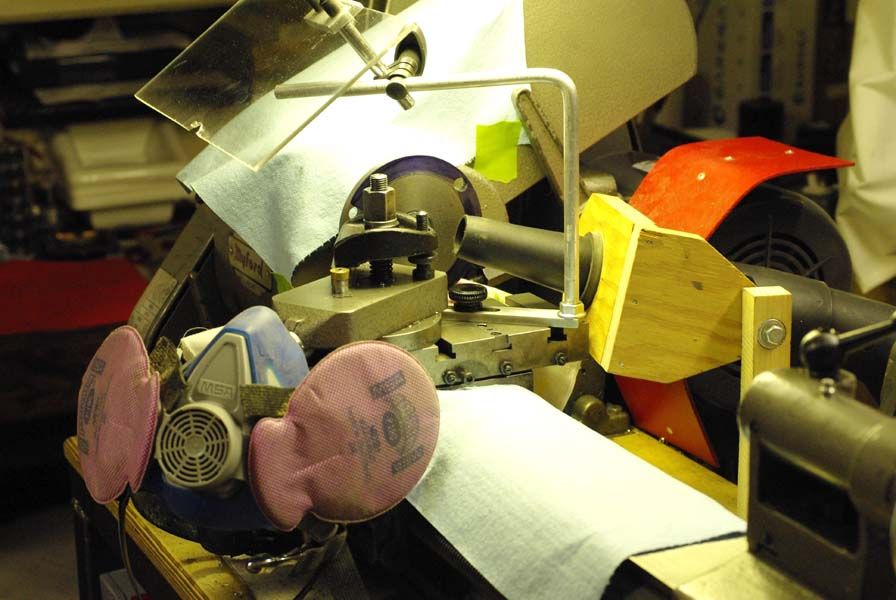For a job like this use HSS toolbits ,with no top rake at a cutting speed of 80 ft per min, final cut should be about a thou. the fit of chuck to backplate should be a "knock" fit ie they should go together with a knock from the handle of a plastic screwdriver handle,make sure the chuck seats fully on the backplate and does not ride on the edges of the spigot, if you make a cock up and the chuck is a sloppy fit on the spigot ,dont worry set the chuck true with a dial gauge and really tighten the allen screws,the chuck will not move a unless you accidentally hit it hard with the saddle or toolpost ,
I read a lot on here about people always moaning about machining cast iron,perhaps our current generation do not like getting their hands dirty,they should have worked in machine shops up to the 1970s,some were like coalmines, cast iron machines nicely,no cutting lube ,though tallow was sometimes used for tapping and reaming.Though you did see slideways on well used machines that looked as if a big cat had used them for a scratching post .
I have only once seen soluble oil used in high volumes on cast iron (mill and lathe beds)on a futureistic automated machining cell where cleaning was impossible unless the line was stopped so the lubricant was used to flush away the swarf and it was very noticeable that there was no black dust anywhere.
 JasonB.
JasonB.





